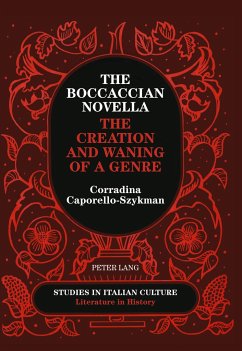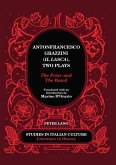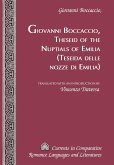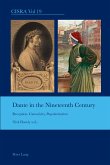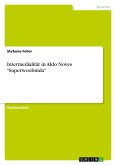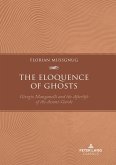Through a close scrutiny of Boccaccio's Decameron and the works of his epigones, this book presents a synthesis of the medieval and Renaissance novella and proposes a model against which subsequent works of short fiction can be tested. This analysis furthermore establishes that, with the Decameron, Boccaccio created a new genre in short narrative. It shows that throughout his work, he suggests the literary tenets of a narrative archetype and conceptualizes it in such a functional format that it could be used and imitated for centuries by his numerous followers.
"With an impressive command of both the primary texts and the relevant scholarship Dr. Corradina Caporello-Szykman clearly demonstrates that Giovanni Boccaccio established the novella as a short narrative including as an essential feature the cornice or frame story - the form that prevailed throughout the late Middle Ages and the Renaissance. Her careful reading of Boccaccio's masterpiece and its imitators cuts through prior scholarship in a way that leaves readers of the 'Decameron' and scholars of narrative genre in her debt." (John C. Nelson, Professor Emeritus, Columbia University)
"In the vast literature on the 'Decameron', this study occupies a special place. It sets Boccaccio's stories within the evolution of the genre of the 'novella' itself, thus providing a basic approach which accounts for the work's form both in its one hundred separate entities and in the "frame" that holds them together." (Olga Ragusa, Columbia University)
"In the vast literature on the 'Decameron', this study occupies a special place. It sets Boccaccio's stories within the evolution of the genre of the 'novella' itself, thus providing a basic approach which accounts for the work's form both in its one hundred separate entities and in the "frame" that holds them together." (Olga Ragusa, Columbia University)

